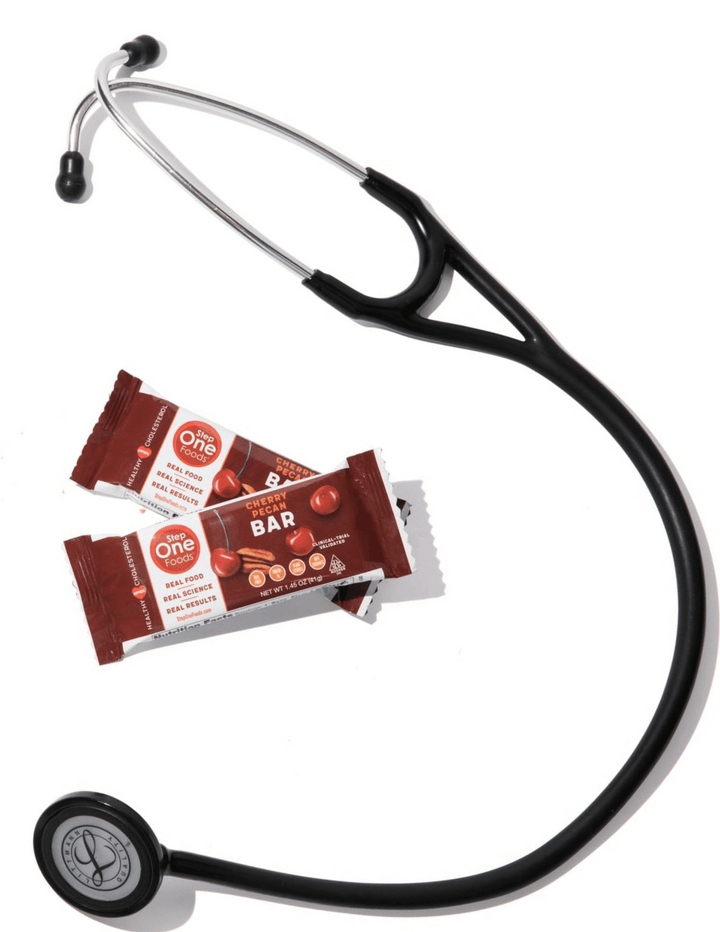Magnesium and Type 2 Diabetes: The Overlooked Connection

Magnesium doesn’t get nearly as much attention as cholesterol, blood pressure, or blood sugar. But research shows this mineral plays a surprisingly important role in type 2 diabetes — and it’s one that’s often overlooked.
Magnesium is involved in over 300 enzymatic reactions in the body, including those critical to how insulin works. It helps regulate glucose uptake into cells, influences insulin sensitivity, and supports vascular health. Yet studies show that people with type 2 diabetes often have lower magnesium levels—both inside their cells and in circulation—especially when blood sugar control is poor.
Why magnesium matters in diabetes
When magnesium levels drop, insulin can’t do its job as effectively. That means cells don’t take in glucose efficiently, worsening insulin resistance and raising blood sugar levels. This cycle can create further magnesium losses, particularly through the kidneys, leading to an ongoing deficit. Over time, low levels have been linked not only to worsening diabetes but also to complications like high blood pressure, kidney dysfunction, arrhythmias, and even cognitive decline.
The two-way connection—and what to do about it
So, does low magnesium cause diabetes, or does diabetes cause low magnesium? The answer is both. A diet too low in magnesium can impair insulin action, increasing the risk of diabetes, while diabetes itself promotes magnesium loss. This two-way relationship means that people with diabetes are especially vulnerable to deficiency, and people who are deficient are at higher risk of developing diabetes.
Some research suggests magnesium supplements can improve fasting glucose, insulin sensitivity, and blood vessel function, but results aren’t consistent. That’s likely because not everyone with diabetes is magnesium-deficient to begin with, so supplement studies may dilute the true effect. The American Diabetes Association does not currently recommend routine supplementation for blood sugar control. More research is needed before magnesium supplements can be broadly prescribed as a diabetes therapy.
What we do know is that magnesium-rich diets consistently lower the risk of developing type 2 diabetes and metabolic syndrome. People who consume more magnesium-rich foods—nuts, seeds, legumes, leafy greens, and whole grains—tend to have better insulin sensitivity, lower inflammation, and a reduced risk of progressing from prediabetes to diabetes. These foods also deliver other protective nutrients like fiber, antioxidants, and plant sterols that work together to support metabolic and cardiovascular health.
Food first, supplements if needed
It’s important to note that magnesium from food is safe and doesn’t carry the risks associated with high-dose supplements. Too much supplemental magnesium—especially in forms like magnesium oxide, carbonate, or chloride—can cause diarrhea, nausea, or abdominal cramps. Extremely high doses can even lead to toxicity, with dangerous effects on heart rhythm and blood pressure. Supplements can also interact with common medications, including antibiotics, diuretics, and some acid reflux drugs.
That’s why the best approach is food first. Spinach, pumpkin seeds, black beans, almonds, edamame, and whole grains are all excellent sources. If a supplement is considered, it should only be done under medical supervision, especially for people with kidney disease or those taking multiple medications.
The bottom line
Magnesium isn’t a cure for diabetes, but it is a nutrient that plays a critical role in how insulin works and how blood sugar is managed. Ensuring your diet includes magnesium-rich foods is a safe, natural, and impactful way to support glucose control and protect against complications. Supplements may help in some cases, but food remains the most reliable and safest source.
At Step One Foods, many of our products naturally deliver magnesium along with other nutrients that support cholesterol, blood sugar, and vascular health. That’s because they’re made with ingredients naturally rich in magnesium—like oats, nuts and seeds, legumes, dried fruit, and even dark chocolate. By eating real food in the right combinations, you can take meaningful steps toward better outcomes.
About Step One Foods: Step One Foods offers convenient, scientifically-formulated foods clinically validated to rapidly reduce cholesterol and improve cardiometabolic health. Real food. Real results. Unapologetically delicious. Learn more at steponefoods.com.

Tested & Proven Results.
- Cardiologist formulated
- Supported by over 500 publications
- Clinically-proven, in a double-blind randomized trial with Mayo Clinic and The University of Manitoba
80% of participants lowered their cholesterol in just 30 days. With just two servings per day, Step One Foods offers a proven-effective way to naturally lower LDL (bad) cholesterol.
Get heart health tips and articles like this, delivered right to your email.
New articles every week.
You may also like...

Insulin Resistance, Prediabetes and Type 2 Diabetes. Part 4: Un-Doing It.

Insulin Resistance, Prediabetes and Type 2 Diabetes. Part 3: Fat in All the Wrong Places

You don’t need to avoid foods with cholesterol…except for these


